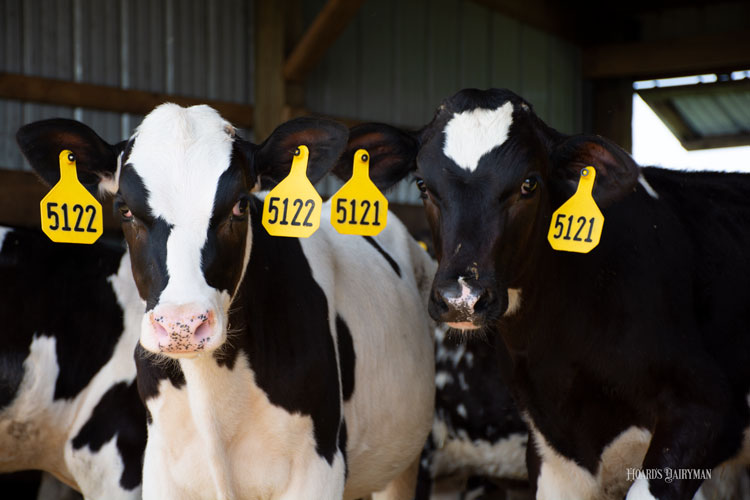
The pile up of tight financial years since 2015 has caused many producers to take incredibly sharp pencils to their operating budgets. The area perhaps most impacted by this “red inking” has been calf and heifer raising operations and reproduction as a whole. Dairy heifer inventories climaxed in 2018 and 2019 as many farms then started to breed with beef semen to reduce the overflow of heifers.
Running parallel to this cutback were culling rates that were well above any historical figures as farms looked to find a spot in their milking strings for these extra heifers. As young stock numbers have come back into balance, many farms have been left asking, “What is the ideal culling rate to capitalize on young stock and milking economics?”
The University of Florida’s Albert De Vries attempted to tackle this question in a recent presentation during the Virtual Dairy Nutrition and Management Series.
“We often hear that lifetime profit per cow is the goal, so cows live longer, and then it makes sense that lifetime profit goes up,” De Vries said. “But I would argue that this is not really the goal for most commercial producers. If you look at just basic economics, then the rule would be to optimize your profit per unit of the most limiting factor.”
In the U.S., De Vries shared that most farms would likely consider that goal to be either dollars per cow per year or dollars per milking cow per year.
With that goal in mind, he looked to determine the optimal cull rate on farm. He considered herd replacement cost, lack of maturity cost, aged cow cost, calf value opportunity cost, and genetic opportunity cost in his analysis. In order to get feasible numbers, he set cow depreciation at $500 per year and the increase in sire predicted transmitting ability (PTA) at $75 per year.
The chart below was the result of this analysis. He found farms should aim for a culling rate between 25% and 30% to optimize economics.









